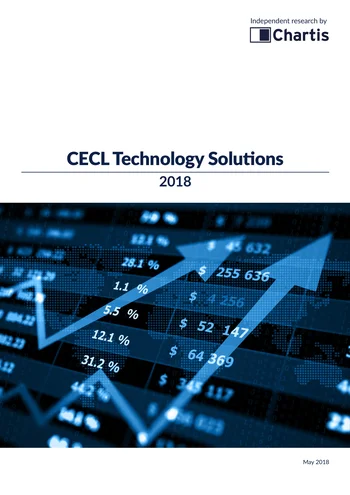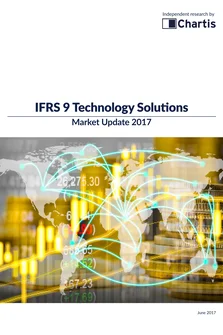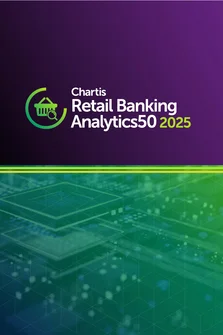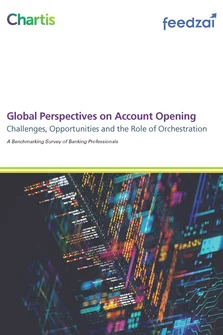In May 2017 Chartis published its Spotlight on the CECL Reporting Standard, which:
- Summarized the main impacts of the new Current Expected Credit Loss (CECL1) standard for Financial Institutions (FIs).
- Considered its implications for FIs’ technology systems.
- Suggested some approaches FIs can take to tackle the challenges posed by CECL.
This industry report develops that analysis, providing broader commentary on the complexities of CECL for FIs and advising on how to implement effective systems and processes (Appendix A contains a checklist that FIs can use during their CECL projects). It also considers the vendor landscape, and the constraints and options facing technology providers in offering an ‘ideal’ CECL solution.
Much like other regulations and standards2, CECL is a catalyst for revolutionary change in the methodologies, business processes and IT/data infrastructure FIs employ to handle market and credit risk. As we outlined in our Spotlight report, for FIs the main impacts and requirements of CECL will be more data, the development and implementation of new models, and a complex interplay of related regulations and stress tests. Dealing with these will require a strong database structure, the right modeling methodology, and an approach that – where appropriate – incorporates elements of the systems FIs will have to use for other industry regulations and requirements.
But while CECL shares many similarities with other regulations, it has some important differences too. Systems in place to handle International Financial Reporting Standard 9 (IFRS 9), for example, won’t automatically suit CECL. Nevertheless, the similarities between these two standards in particular make a ‘compare and contrast’ approach a useful way to assess the relative strengths and drawbacks of available technology offerings. We therefore suggest that this report be read in conjunction with our report IFRS 9 Technology Solutions: Market Update 2017.
Market structure makes CECL a vendor issue
While FIs’ progress toward CECL implementation has been patchy, in some important respects CECL is a vendor issue. Because it comes into force in the US, its impacts are weighted by the characteristics of that market. In contrast to Europe and Asia, where most FIs build on-premise solutions using
components from specific vendors, FIs in the US outsource almost all of their systems. From a compliance perspective their message is clear: they won’t be ready to comply until vendors are ready with solutions that match their technology and process requirements and keep their various stakeholders happy.
The vendor landscape is dominated by Software as a Service (SaaS) players, third-party modelers and data vendors. How far providers differentiate themselves in future will depend to a large extent on how closely they match the ‘ideal’ CECL offering: a flexible solution that combines support for core
business operations with process improvements in the key areas of hedge accounting, classification and measurement and impairment. Meanwhile, vendors without a SaaS or data focus will struggle. This is a shifting market landscape, however, with a great many challenges, and it will be vital to monitor how it develops in the coming years.
This report uses Chartis’s FinTech Quadrant™ to explain the structure of the market. The FinTech Quadrant™ uses a comprehensive methodology of in-depth independent research and a clear scoring system to explain which technology solutions meet an organization’s needs. The FinTech Quadrant™ does not simply describe one technology solution as the best CECL reporting solution; it has a sophisticated ranking methodology to explain which solutions would be best for buyers, depending on their implementation strategies.
This report covers the leading vendors offering CECL reporting solutions, including: AxiomSL, Bloomberg, FICO, FIS, Fiserv, Jack Henry & Associates (JHA), MIAC, Moody’s Analytics, MORS Software, MST, Oracle, RiskSpan, Sageworks, SAS, SS&C Technologies, Wolters Kluwer and ZM Financial Systems.
1 - Note that when we refer to CECL we mean the US Generally Accepted Accounting Principles (GAAP) Current Expected Credit Loss (CECL) accounting standard.
2 - Notably IFRS 9, the Basel 1-4 initiatives (including Fundamental Review of the Trading Book [FRTB]), responses from the US such as Comprehensive Capital Analysis and Review [CCAR] and Dodd-Frank Act Stress Test [DFAST], and Solvency II in the insurance sector.
Only users who have a paid subscription or are part of a corporate subscription are able to print or copy content.
To access these options, along with all other subscription benefits, please contact info@chartis-research.com or view our subscription options here: https://www.chartis-research.com/static/become-a-member
You are currently unable to print this content. Please contact info@chartis-research.com to find out more.
You are currently unable to copy this content. Please contact info@chartis-research.com to find out more.
Copyright Infopro Digital Limited. All rights reserved.
As outlined in our terms and conditions, https://www.infopro-digital.com/terms-and-conditions/subscriptions/ (point 2.4), printing is limited to a single copy.
If you would like to purchase additional rights please email info@chartis-research.com
Copyright Infopro Digital Limited. All rights reserved.
You may share this content using our article tools. As outlined in our terms and conditions, https://www.infopro-digital.com/terms-and-conditions/subscriptions/ (clause 2.4), an Authorised User may only make one copy of the materials for their own personal use. You must also comply with the restrictions in clause 2.5.
If you would like to purchase additional rights please email info@chartis-research.com





